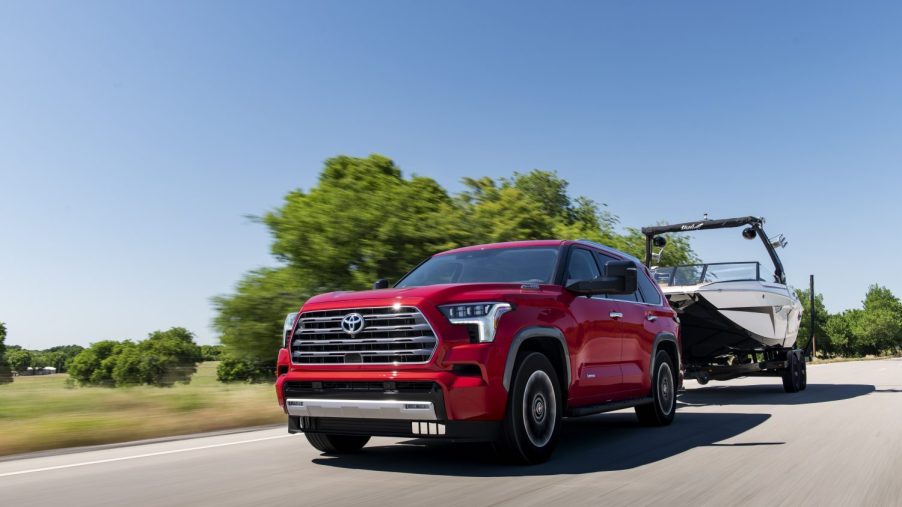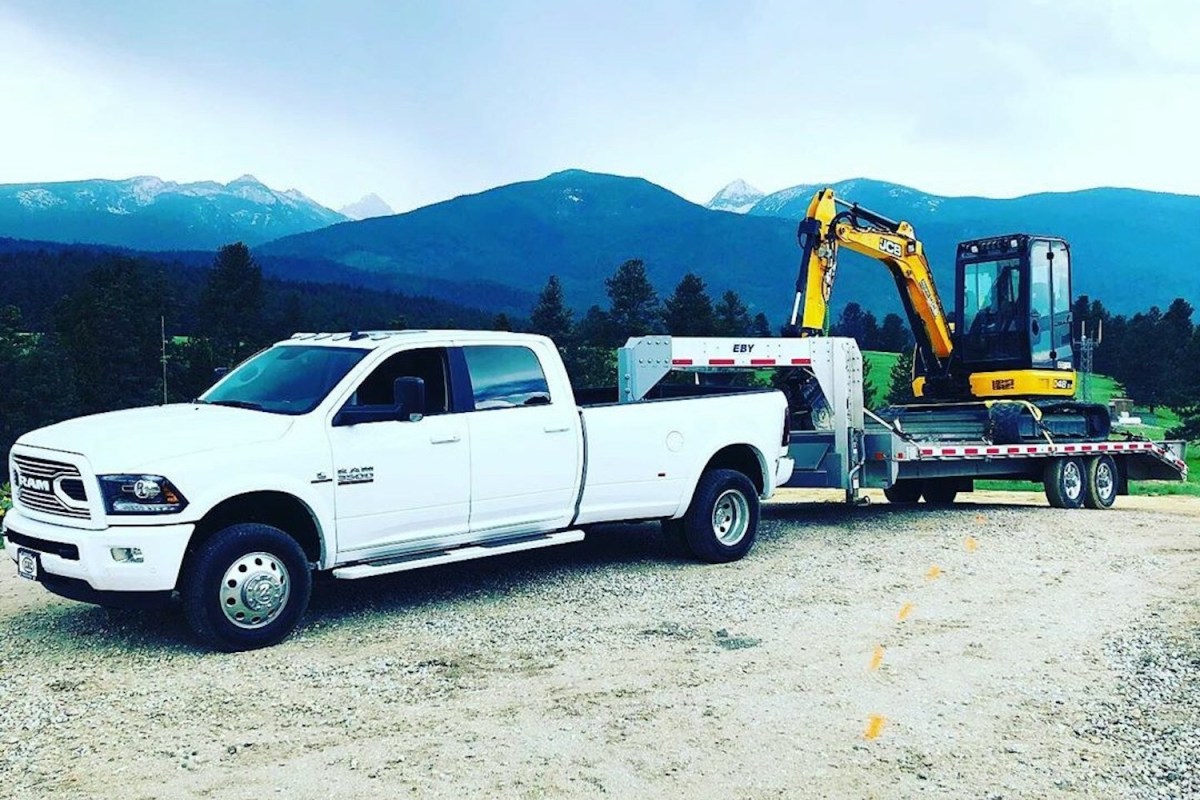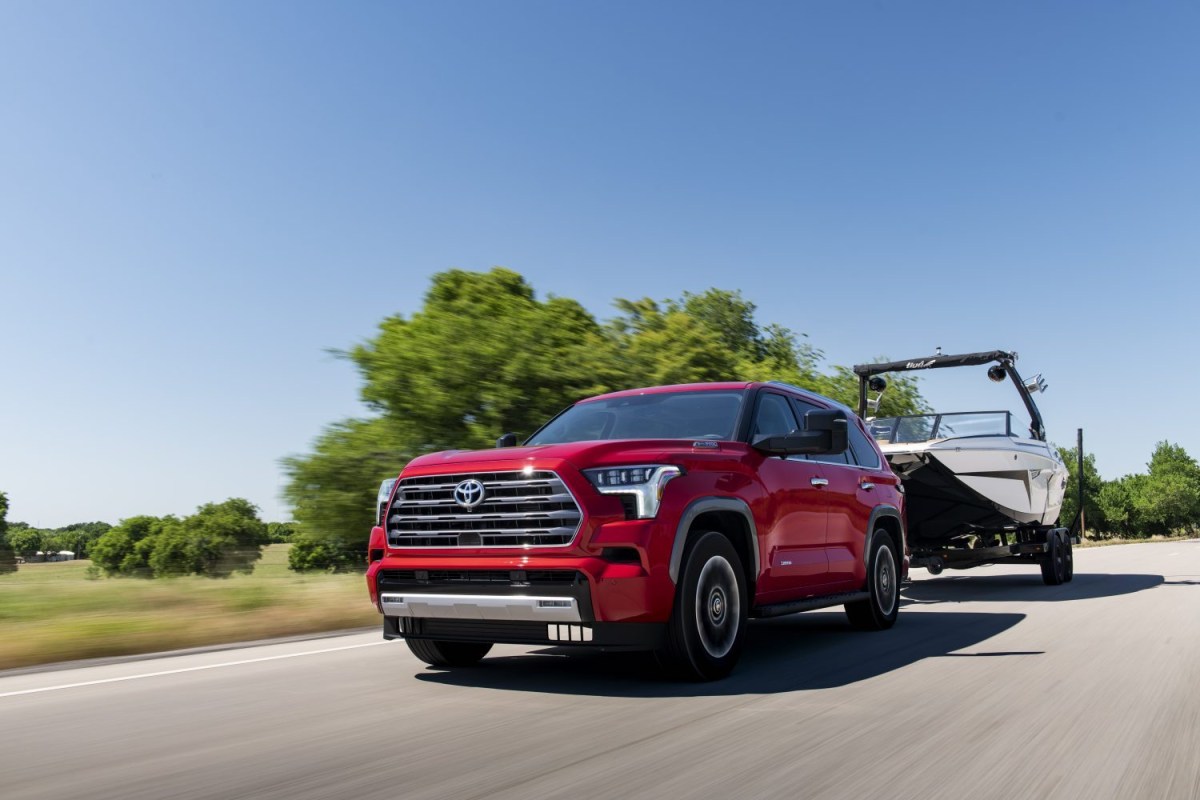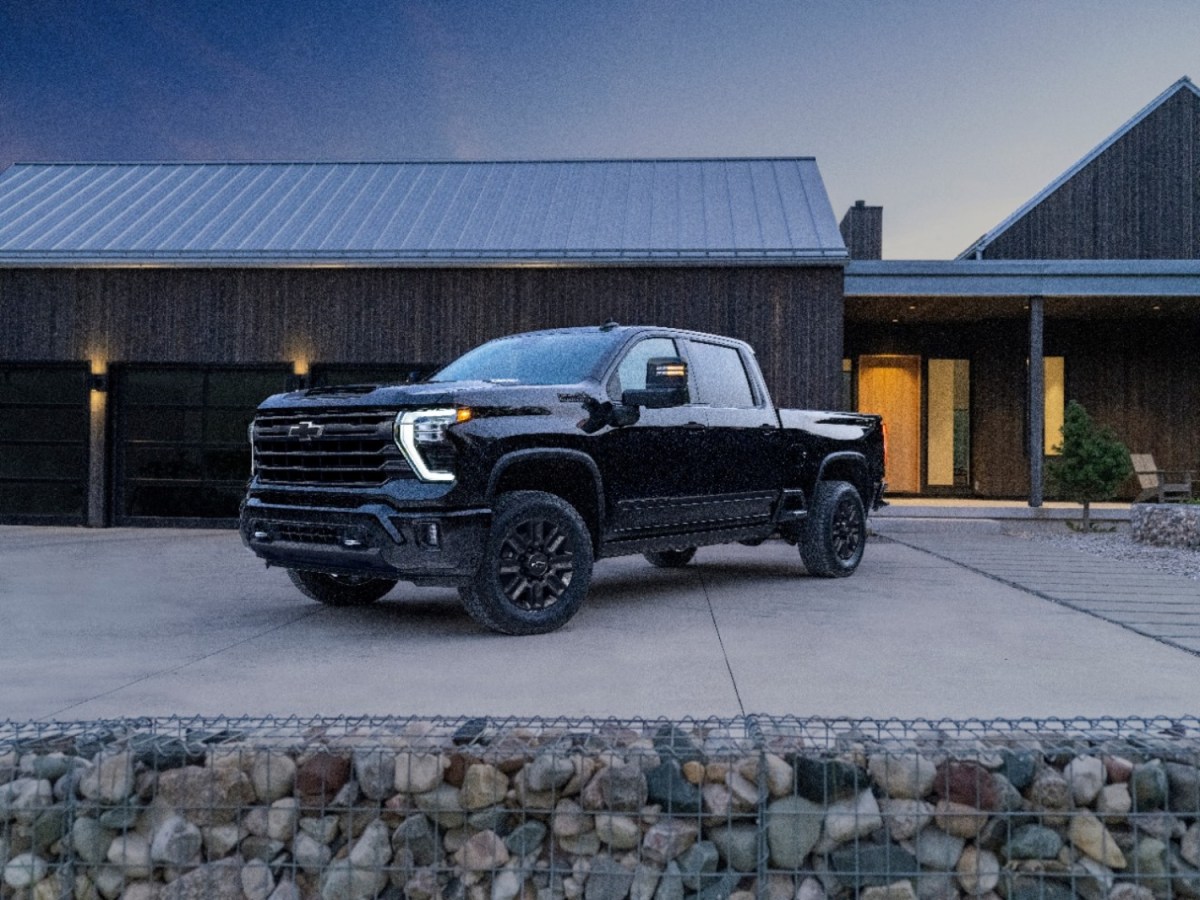
What SUVs Qualify for a Section 179 Deduction?
Small businesses use stuff, and when they do, they can claim depreciation on their taxes. But, many small business owners don’t realize that that they can depreciate a significant amount on their large SUV or truck, too. And, under some circumstances, small businesses may even be able to take full depreciation and not just for electric vehicles. There’s something called the Section 179 deduction that allows you take a massive amount off the cost of your new SUV or truck.
The Section 179 vehicle list is long, and there are are several hitches to the Section 179 deduction. A lot of it comes down to what truck or SUV you buy, and how much it weighs.
What vehicles qualify for a Section 179 deduction?
Have you ever wondered why your friend with the small business has a company SUV that’s massive? Well, part of that reason could be Section 179, which is detailed at 9:25 in the video above. We’re not tax accountants (so check with yours), but in general, the Section 179 deduction allows you to deduct the first-year deprecation on some vehicles, and it can be a substantial amount of nearly $27,000 in 2022 for some cars, trucks and SUVs. That means that you can deduct a substantial amount of the price (even financed) of a new truck or SUV you bought between January 1 and December 31.
Which trucks and SUVs? Well, according to the IRS, vehicles with a gross weight of more than 6,000 pounds can qualify. There was once something called the “Hummer Writeoff,” where businesses tried to write off the full cost of an expensive luxury SUV, like a Hummer, so, there is a limit. You can research the intricacies of the rule at IRS.gov.
Is there a Section 179 deduction vehicle list?

The Section 179 vehicle list is large, but it generally covers trucks and SUVs with a gross vehicle weight of 6,000 pounds or more. The vehicle you buy can be new or used, it just needs to be new to you. There’s no specific list of the Trucks and SUVs that qualify, but you can easily check a vehicles gross weight rating, or GVWR, on the sticker on the door. Some vehicles that qualify for the Section 179 deduction include large SUVs and trucks, like the Toyota Sequoia SUV or Ford Super Duty truck.
What SUVs qualify for the Section 179 deduction?

Many large SUVs, like the 2023 Toyota Sequoia, qualify, and final options like four-wheel drive can affect the weight.
Some SUVS that should qualify include:
- Audi Q7
- BMW X5 and X6
- Cadillac Escalade
- Chevy Silverado and Suburban
- Dodge Durango
- Ford Expedition
- Honda Pilot with 4WD
- Jeep Grand Cherokee
- Lexus LX600
- Lincoln Navigator
- Toyota Sequoia
Is there a Section 179 deduction list for trucks?

Most full-sized pickups will qualify for the deduction with options like a heavy four-wheel drive system added. The larger heavier-duty trucks like the Ram 2500 and 3500 series trucks, the Ford Super Duty series and the Silverado HD can easily qualify, as well. Some midsize trucks may qualify, but they need to be optioned correctly. For example, the 2022 Chevy Colorado can have a GVWR of, coincidentally, 6,001 pounds when optioned correctly.
Other trucks that may qualify include:
- Ford F-150
- Ram 1500
- Chevy Silverado
- GMC Sierra


